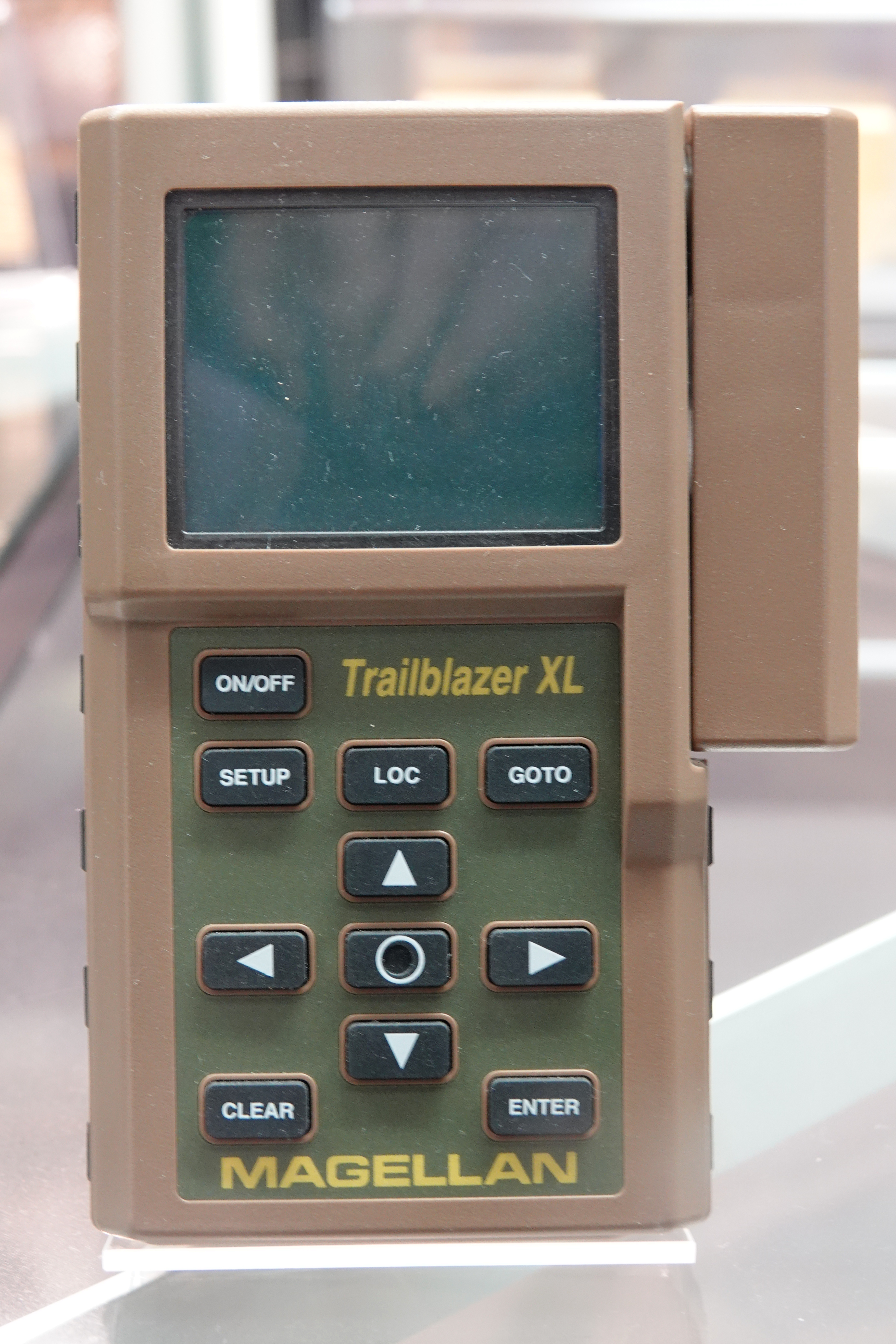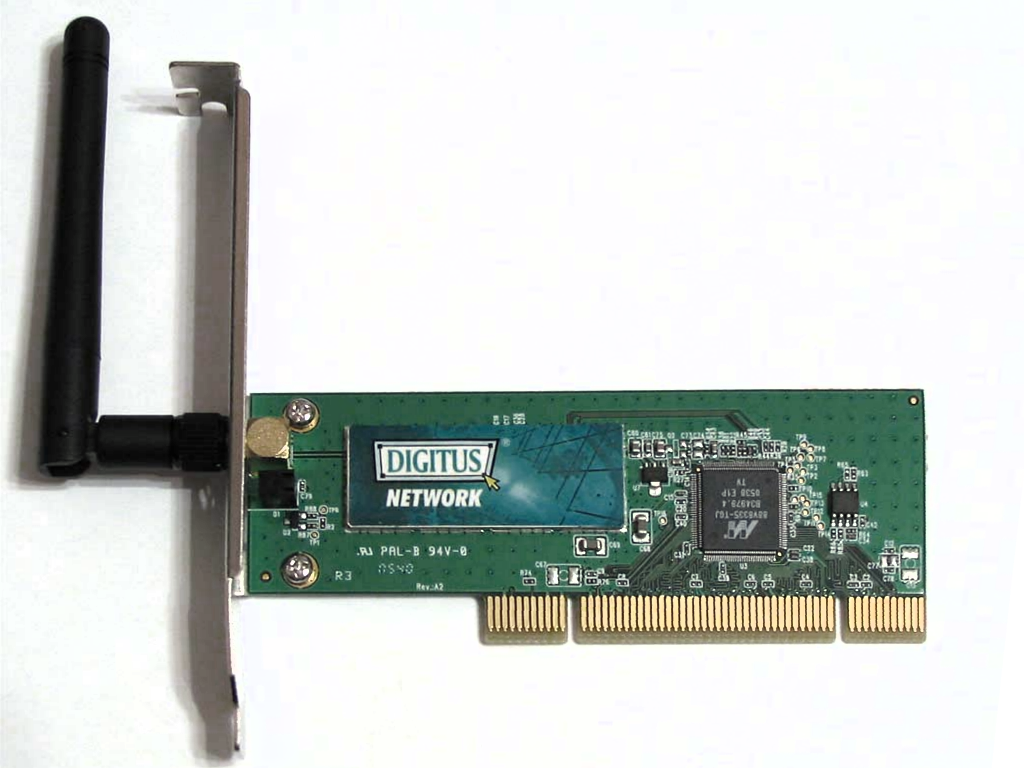|
HTC S730
HTC S730, also known as HTC Wings is a smartphone from HTC. The phone is a member of HTC's line with phones equipped with QWERTY-keyboards. History The phone was made available in late 2007. It uses Windows Mobile technology and is powered by Windows Mobile 6 Standard. HTC has used slogans such as "Let's get down to business." and "Keep in touch no matter where you are in the world." when marketing the device. Properties Keyboard The device has an extendable keyboard - "qwerty", available in localized versions, which simplifies SMS and smartphone functions. There's also a standard numeric keyboard located under the screen. Multimedia The device can also act as a music player supporting formats such as MP3, WMA, AAC, AAC+, eAAC+, WAV, QCELP, MPEG4, AMR-NB and AMR-WB. Internet The device can be connected to wireless networks using 802.11 b/g (WLAN), it supports the Skype-protocol which can be used to make calls when connected to a wireless network. Battery The device uses a 1 ... [...More Info...] [...Related Items...] OR: [Wikipedia] [Google] [Baidu] |
HTC Corporation
HTC Corporation ( zh, t=宏達國際電子股份有限公司, p=Hóngdá Guójì Diànzǐ Gǔfèn Yǒuxiàn Gōngsī, first=t), or High Tech Computer Corporation (abbreviated and trading as HTC), is a Taiwanese consumer electronics corporation headquartered in Taoyuan District, Taoyuan, Taiwan. Founded in 1997, HTC began as an original design manufacturer and original equipment manufacturer that designed and manufactured laptop computers. After initially making smartphones based mostly on Windows Mobile, HTC became one of 34 cofounding members of the Open Handset Alliance, a group of handset manufacturers and mobile network operators dedicated to the development of the Android (operating system), Android operating system. The HTC Dream (marketed by T-Mobile International AG, T-Mobile in many countries as the T-Mobile G1) was the first phone on the market to run Android. Although initially successful as a smartphone vendor as it became the largest smartphone vendor in the U.S. ... [...More Info...] [...Related Items...] OR: [Wikipedia] [Google] [Baidu] |
AAC+
High-Efficiency Advanced Audio Coding (HE-AAC) is an audio coding format for lossy data compression of digital audio as part of the MPEG-4 standards. It is an extension of Low Complexity AAC (AAC-LC) optimized for low-bitrate applications such as streaming audio. The usage profile HE-AAC v1 uses spectral band replication (SBR) to enhance the modified discrete cosine transform (MDCT) compression efficiency in the frequency domain. The usage profile HE-AAC v2 couples SBR with Parametric Stereo (PS) to further enhance the compression efficiency of stereo signals. HE-AAC is defined as an MPEG-4 Audio profile in ISO/IEC 14496–3. HE-AAC is used in digital radio standards like HD Radio, DAB+ and Digital Radio Mondiale. History The progenitor of HE-AAC was developed by Coding Technologies by combining MPEG-2 AAC-LC with a proprietary mechanism for spectral band replication (SBR), to be used by XM Radio for their satellite radio service. Subsequently, Coding Technologies submitt ... [...More Info...] [...Related Items...] OR: [Wikipedia] [Google] [Baidu] |
HTC Mobile Phones
HTC Corporation ( zh, t=宏達國際電子股份有限公司, p=Hóngdá Guójì Diànzǐ Gǔfèn Yǒuxiàn Gōngsī, first=t), or High Tech Computer Corporation (abbreviated and trading as HTC), is a Taiwanese consumer electronics corporation headquartered in Taoyuan District, Taoyuan, Taiwan. Founded in 1997, HTC began as an original design manufacturer and original equipment manufacturer that designed and manufactured laptop computers. After initially making smartphones based mostly on Windows Mobile, HTC became one of 34 cofounding members of the Open Handset Alliance, a group of handset manufacturers and mobile network operators dedicated to the development of the Android operating system. The HTC Dream (marketed by T-Mobile in many countries as the T-Mobile G1) was the first phone on the market to run Android. Although initially successful as a smartphone vendor as it became the largest smartphone vendor in the U.S. in Q3 2011, competition from Samsung and Apple, am ... [...More Info...] [...Related Items...] OR: [Wikipedia] [Google] [Baidu] |
GPS Receiver
A satellite navigation (satnav) device or GPS device is a device that uses satellites of the Global Positioning System (GPS) or similar global navigation satellite systems (GNSS). A satnav device can determine the user's geographic coordinates and may display the geographical position on a map and offer routing directions (as in turn-by-turn navigation). , four GNSS systems are operational: the original United States' GPS, the European Union's Galileo, Russia's GLONASS, and China's BeiDou Navigation Satellite System. The Indian Regional Navigation Satellite System (IRNSS) will follow and Japan's Quasi-Zenith Satellite System ( QZSS) scheduled for 2023 will augment the accuracy of a number of GNSS. A satellite navigation device can retrieve location and time information from one or more GNSS systems in all weather conditions, anywhere on or near the Earth's surface. Satnav reception requires an unobstructed line of sight to four or more GNSS satellites, and is subject t ... [...More Info...] [...Related Items...] OR: [Wikipedia] [Google] [Baidu] |
Skype
Skype () was a proprietary telecommunications application operated by Skype Technologies, a division of Microsoft, best known for IP-based videotelephony, videoconferencing and voice calls. It also had instant messaging, file transfer, debit-based calls to landline and mobile telephones (over traditional telephone networks), and other features. It was available on various desktop, mobile, and video game console platforms. Skype was created by Niklas Zennström, Janus Friis, and four Estonian developers, and first released in August 2003. In September 2005, eBay acquired it for $2.6 billion. In September 2009, Silver Lake, Andreessen Horowitz, and the Canada Pension Plan Investment Board bought 65% of Skype for $1.9 billion from eBay, valuing the business at $2.92 billion. In May 2011, Microsoft bought Skype for $8.5 billion and used it to replace its own Windows Live Messenger. As of 2011, most of the development team and 44% of all the div ... [...More Info...] [...Related Items...] OR: [Wikipedia] [Google] [Baidu] |
WLAN
A wireless LAN (WLAN) is a wireless computer network that links two or more devices using wireless communication to form a local area network (LAN) within a limited area such as a home, school, computer laboratory, campus, or office building. This gives users the ability to move around within the area and remain connected to the network. Through a gateway, a WLAN can also provide a connection to the wider Internet. Wireless LANs based on the IEEE 802.11 standards are the most widely used computer networks in the world. These are commonly called Wi-Fi, which is a trademark belonging to the Wi-Fi Alliance. They are used for home and small office networks that link together laptop computers, printers, smartphones, Web TVs and gaming devices through a wireless network router, which in turn may link them to the Internet. Hotspots provided by routers at restaurants, coffee shops, hotels, libraries, and airports allow consumers to access the internet with portable wireless de ... [...More Info...] [...Related Items...] OR: [Wikipedia] [Google] [Baidu] |
IEEE 802
IEEE 802 is a family of Institute of Electrical and Electronics Engineers (IEEE) standards for local area networks (LANs), personal area networks (PANs), and metropolitan area networks (MANs). The IEEE 802 LAN/MAN Standards Committee (LMSC) maintains these standards. The IEEE 802 family of standards has had twenty-four members, numbered 802.1 through 802.24, with a working group of the LMSC devoted to each. However, not all of these working groups are currently active. The IEEE 802 standards are restricted to computer networks carrying variable-size packets, unlike cell relay networks, for example, in which data is transmitted in short, uniformly sized units called cells. Isochronous signal networks, in which data is transmitted as a steady stream of octet (computing), octets, or groups of octets, at regular time intervals, are also outside the scope of the IEEE 802 standards. The number 802 has no significance: it was simply the next number in the sequence that the IEEE used fo ... [...More Info...] [...Related Items...] OR: [Wikipedia] [Google] [Baidu] |
AMR-WB
Adaptive Multi-Rate Wideband (AMR-WB) is a patented Wideband audio, wideband speech coding, speech audio coding standard developed based on Adaptive Multi-Rate audio codec, Adaptive Multi-Rate encoding, using a similar methodology to algebraic code-excited linear prediction (ACELP). AMR-WB provides improved speech quality due to a wider speech bandwidth of 50–7000 Hz compared to narrowband speech coders which in general are optimized for Plain old telephone service, POTS wireline quality of 300–3400 Hz. AMR-WB was developed by Nokia and VoiceAge and it was first specified by 3GPP. AMR-WB is codified as G.722.2, an ITU-T standard speech codec, formally known as ''Wideband coding of speech at around 16 kbit/s using Adaptive Multi-Rate Wideband (AMR-WB)''. G.722.2 AMR-WB is the same codec as the 3GPP AMR-WB. The corresponding 3GPP specifications are TS 26.190 for the speech codec and TS 26.194 for the Voice Activity Detector. The AMR-WB format has the following par ... [...More Info...] [...Related Items...] OR: [Wikipedia] [Google] [Baidu] |
Adaptive Multi-rate Compression
The Adaptive Multi-Rate (AMR, AMR-NB or GSM-AMR) audio codec is an audio compression format optimized for speech coding. AMR is a multi-rate narrowband speech codec that encodes narrowband (200–3400 Hz) signals at variable bit rates ranging from 4.75 to 12.2 kbit/s with toll quality speech starting at 7.4 kbit/s. AMR was adopted as the standard speech codec by 3GPP in October 1999 and is now widely used in GSM and UMTS. It uses link adaptation to select from one of eight different bit rates based on link conditions. AMR is also a file format for storing spoken audio using the AMR codec. Many modern mobile telephone handsets can store short audio recordings in the AMR format, and both free and proprietary programs exist (see Software support) to convert between this and other formats, although AMR is a speech format and is unlikely to give ideal results for other audio. The common filename extension is .amr. There also exists another storage format for AMR that ... [...More Info...] [...Related Items...] OR: [Wikipedia] [Google] [Baidu] |
MPEG4
MPEG-4 is a group of international standards for the compression of digital audio and visual data, multimedia systems, and file storage formats. It was originally introduced in late 1998 as a group of audio and video coding formats and related technology agreed upon by the ISO/IEC Moving Picture Experts Group (MPEG) (ISO/IEC JTC 1/SC29/WG11) under the formal standard ISO/IEC 14496 – ''Coding of audio-visual objects''. Uses of MPEG-4 include compression of audiovisual data for Internet video and CD distribution, voice (telephone, videophone) and broadcast television applications. The MPEG-4 standard was developed by a group led by Touradj Ebrahimi (later the JPEG president) and Fernando Pereira. Background MPEG-4 absorbs many of the features of MPEG-1 and MPEG-2 and other related standards, adding new features such as (extended) VRML support for 3D rendering, object-oriented composite files (including audio, video and VRML objects), support for externally specified digital ... [...More Info...] [...Related Items...] OR: [Wikipedia] [Google] [Baidu] |
QCELP
Qualcomm code-excited linear prediction (QCELP), also known as Qualcomm PureVoice, is a speech codec developed in 1994 by Qualcomm to increase the speech quality of the IS-96A codec earlier used in code-division multiple access, CDMA networks. It was later replaced with Enhanced Variable Rate Codec, EVRC to achieve better speech quality with fewer bits. The two versions, ''QCELP8'' and ''QCELP13'', operate at 8 and 13 kilobits per second (Kbit/s) respectively. In Code-division multiple access, CDMA systems, a QCELP vocoder converts a sound signal into a signal transmissible within a circuit. In wired systems, voice signals are generally sampled at 8 kHz (that is, 8,000 sample values per second) and then encoded by 8-bit Quantization (signal processing), quantization for each sample value. Such a system transmits at 64 kbit/s, an expensive rate in a wireless system. A QCELP vocoder with variable rates can reduce the rate enough to fit a wireless system by Line coding, cod ... [...More Info...] [...Related Items...] OR: [Wikipedia] [Google] [Baidu] |


